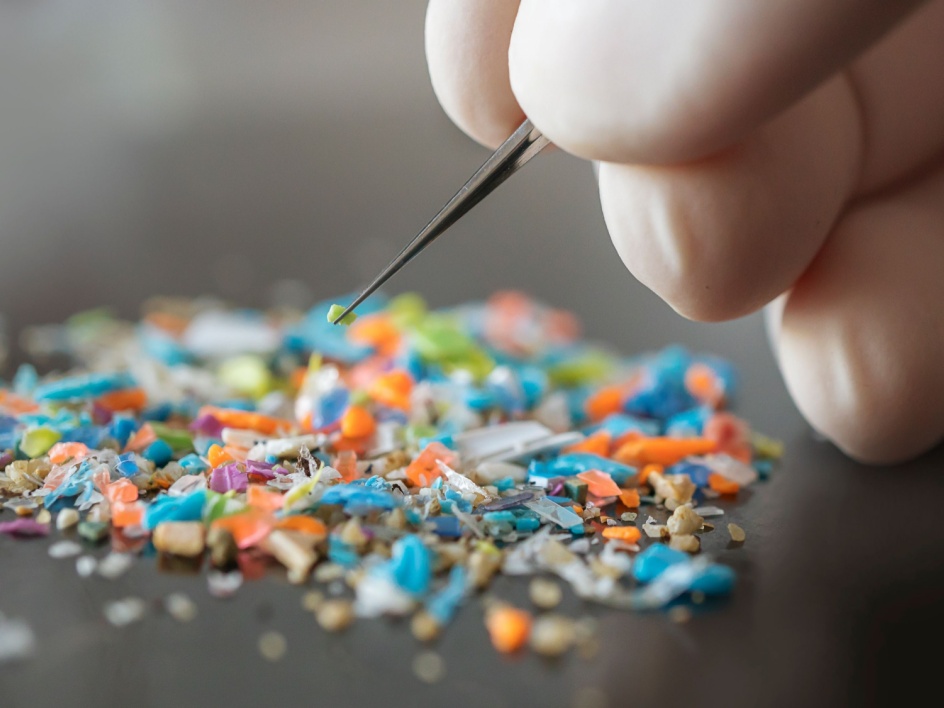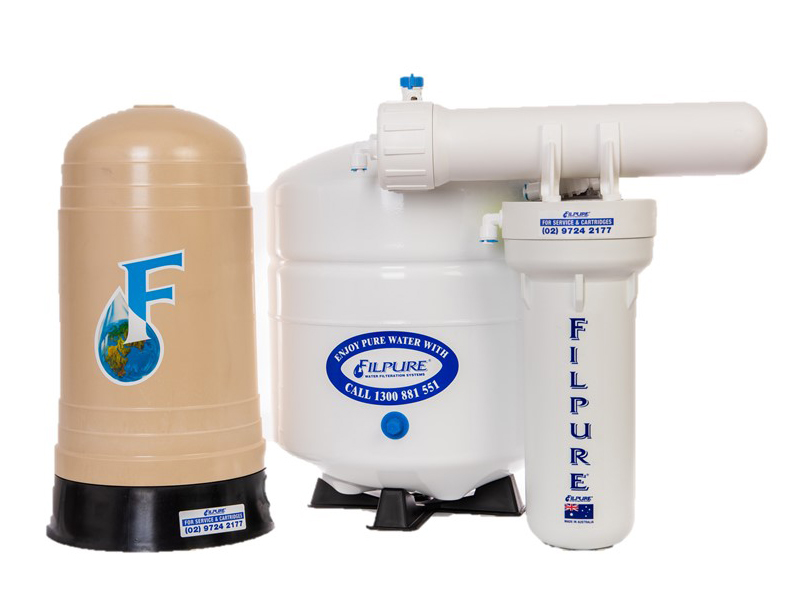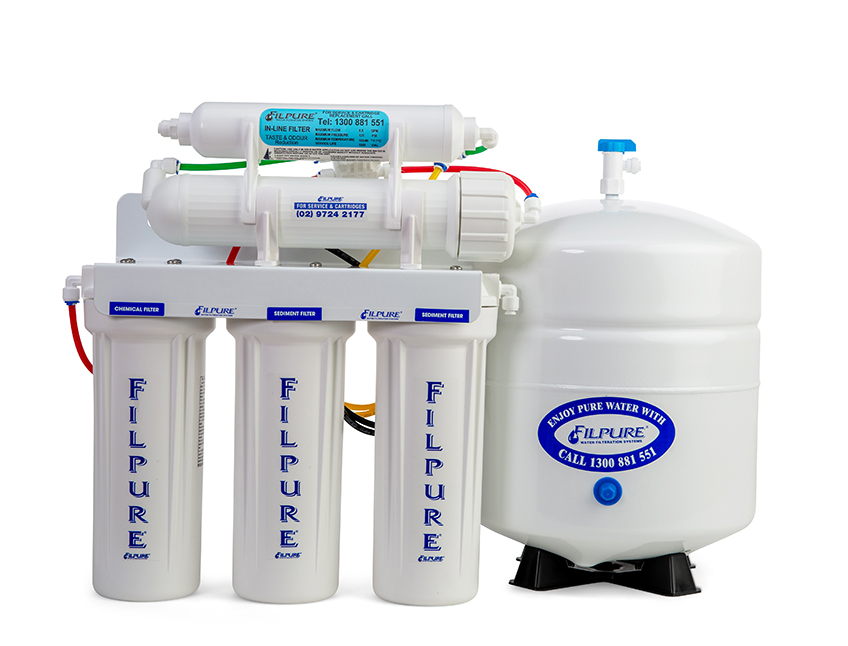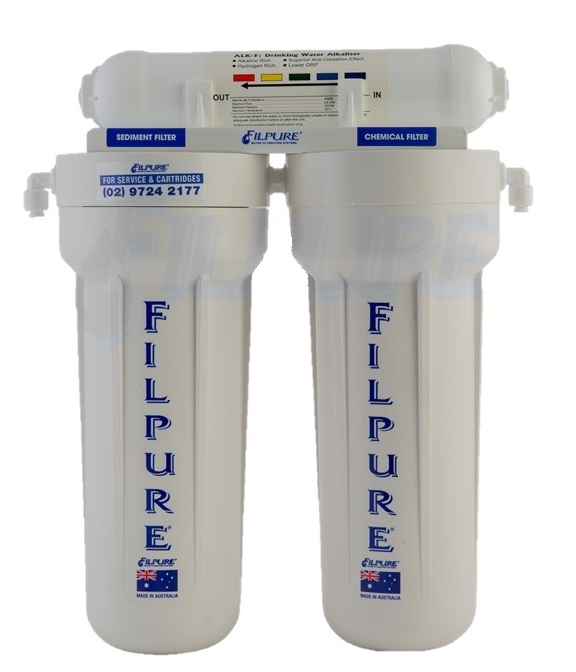
The Impact of Microplastics on Human Health
Introduction: The Growing Concern of Microplastics in Drinking Water
In the last century, plastic has transformed industries and daily life. However, the widespread use of plastic has led to a global pollution crisis, where millions of tons of plastic waste are contaminating our oceans, freshwater sources, and ecosystems. One of the most alarming aspects of plastic pollution is the presence of microplastics—tiny particles measuring less than 5 mm. These microplastics are now being found in our food, air, and, crucially, our drinking water. This article explores the human health risks associated with microplastics and emphasizes the importance of drinking purified water to reduce exposure to these harmful substances.
Microplastics in Drinking Water: How Are They Getting There?
Microplastics are infiltrating drinking water through multiple sources, including surface runoff after rainfall, wastewater effluents, industrial discharges, and the breakdown of plastic waste. Even bottled water can introduce microplastics into our water supply due to the plastic bottles and caps used in the packaging. A study showed that a liter of bottled water contains an average of 325 plastic particles, while tap water contains an average of 5.5 particles per liter (Mason et al., 2018).
By choosing purified water from reverse osmosis systems such as those available at Filpure Reverse Osmosis Water Filters, you can significantly reduce your exposure to microplastics and ensure you are drinking cleaner, safer water.
Health Risks of Microplastics in the Human Body
Microplastics pose several health risks, primarily due to their ability to attract and carry harmful pollutants. These tiny particles act as magnets for heavy metals, pesticides, and persistent organic pollutants such as PCBs (polychlorinated biphenyls), which have been banned for decades but still linger in the environment. Research from the National Oceanic and Atmospheric Administration (NOAA) suggests that microplastics accumulate pollutants at concentrations 100,000 to 1,000,000 times higher than surrounding seawater (NOAA, 2020). When these microplastics enter our bodies through drinking water, they carry these toxic substances with them, potentially leading to severe health complications.
Installing a whole house water filtration system from Filpure Whole House Water Filters can help protect you and your family from these invisible contaminants by filtering your entire household water supply.
Microplastics in Our Diet and Human Tissues
Microplastics have not only entered our drinking water but also our food supply. They have been detected in a wide range of food products, particularly in seafood, as marine life consumes these particles (Galloway et al., 2015). Alarmingly, microplastics have also been found in human tissues, including the lungs, gut, and even the brain. Researchers are increasingly concerned about their ability to bypass vital barriers such as the blood-brain barrier, with early data suggesting links to inflammation, oxidative stress, and even chronic diseases like diabetes and obesity (Campanale et al., 2020).
The most effective way to minimize microplastic consumption is by filtering your drinking water using high-quality under-sink water filtration systems like those at Filpure Under Sink Water Filters. These systems are designed to capture even the tiniest contaminants, ensuring that your drinking water is free from harmful microplastics.
How Microplastics Trigger Inflammation in the Body
A 2023 study published in the International Journal of Molecular Sciences revealed that microplastics can penetrate human cells within just 24 hours of exposure (Schirinzi et al., 2023). The study examined various tissues, including the liver, kidneys, gastrointestinal tract, lungs, and brain, showing the presence of microplastics in every organ tested. Once these particles are inside the body, the immune system recognizes them as foreign invaders, triggering an inflammatory response. Chronic exposure to microplastics may result in long-term inflammation, which is linked to numerous health conditions, including cardiovascular disease, autoimmune disorders, and metabolic syndrome (Ragusa et al., 2021).
Combatting Microplastic Pollution: The Role of Effective Water Filtration
While microplastic pollution may seem overwhelming, there are practical steps you can take to reduce your exposure. One of the most effective solutions is to invest in a robust water filtration system that targets microplastics, such as a reverse osmosis system or whole house water filtration system. These systems use advanced filtration technologies to remove not only microplastics but also other harmful contaminants like heavy metals, chlorine, and pesticides.
For more comprehensive protection, consider a reverse osmosis system that filters water at the molecular level, effectively removing up to 99% of impurities, including microplastics. Additionally, whole house filtration systems ensure that every drop of water you use—from drinking to bathing—is free from these harmful particles.
Conclusion: Prioritizing Your Health with Purified Water
The presence of microplastics in our drinking water is a growing concern with far-reaching health implications. However, by choosing to drink purified water, you can drastically reduce your exposure to these toxic particles and safeguard your health. Filpure Water Filtration Systems offers a range of solutions, from reverse osmosis systems to under-sink water filters, to provide you with the purest drinking water possible. Investing in a high-quality water filtration system is not just a step toward better hydration but also a crucial measure in protecting your long-term health.
For more information on how you can protect yourself from microplastics and other contaminants, explore our comprehensive range of filtration systems at Filpure Water Filtration Systems in Sydney, Australia.
Trusted Sources:
Mason et al., 2018 – Orb Media
NOAA – Microplastics Pollution
Galloway et al., 2015 – Microplastics in Seafood
Campanale et al., 2020 – Health Risks of Microplastics
Schirinzi et al., 2023 – Microplastics in Human Cells
Ragusa et al., 2021 – Inflammation Caused by Microplastics















